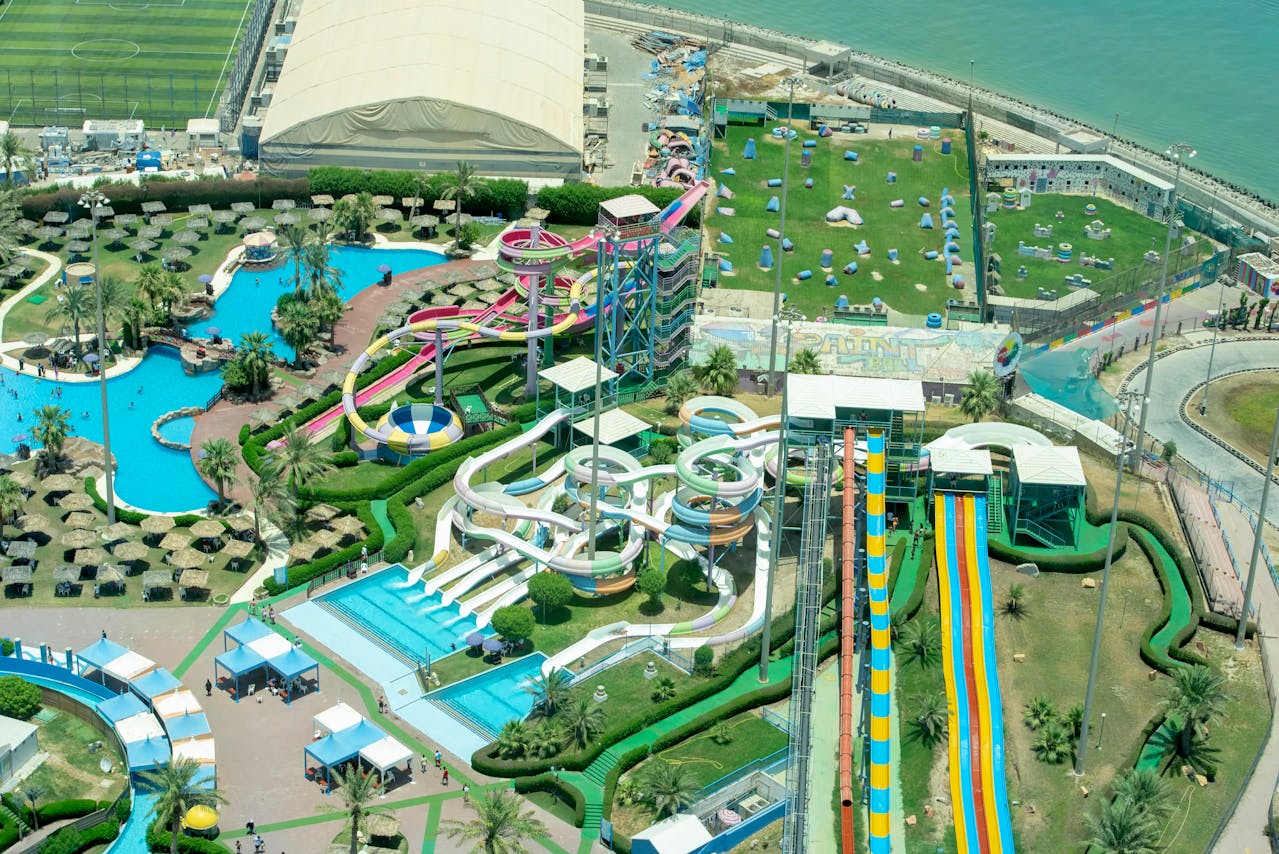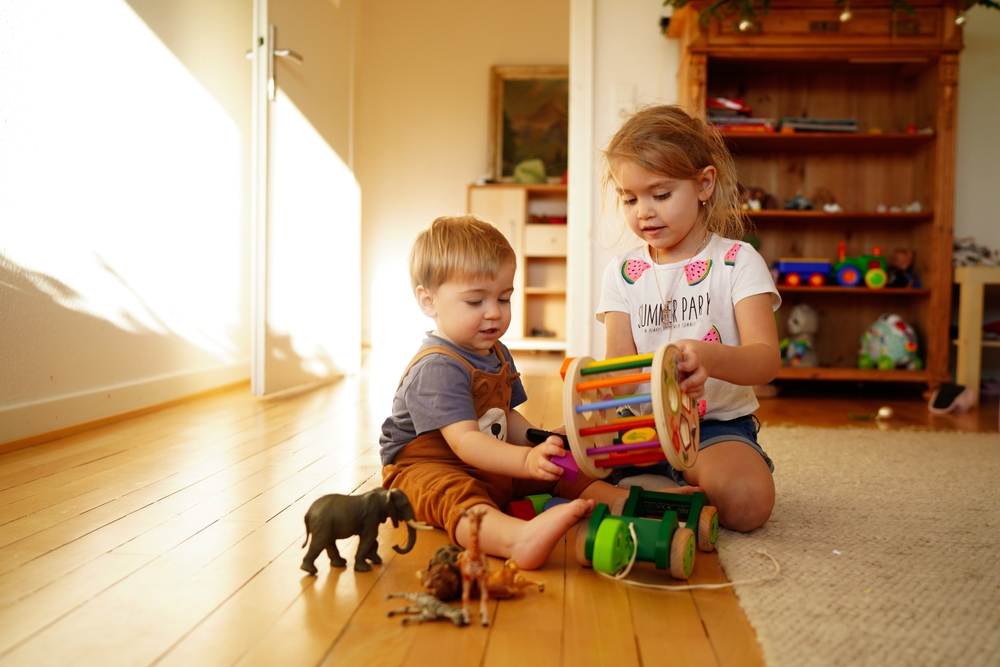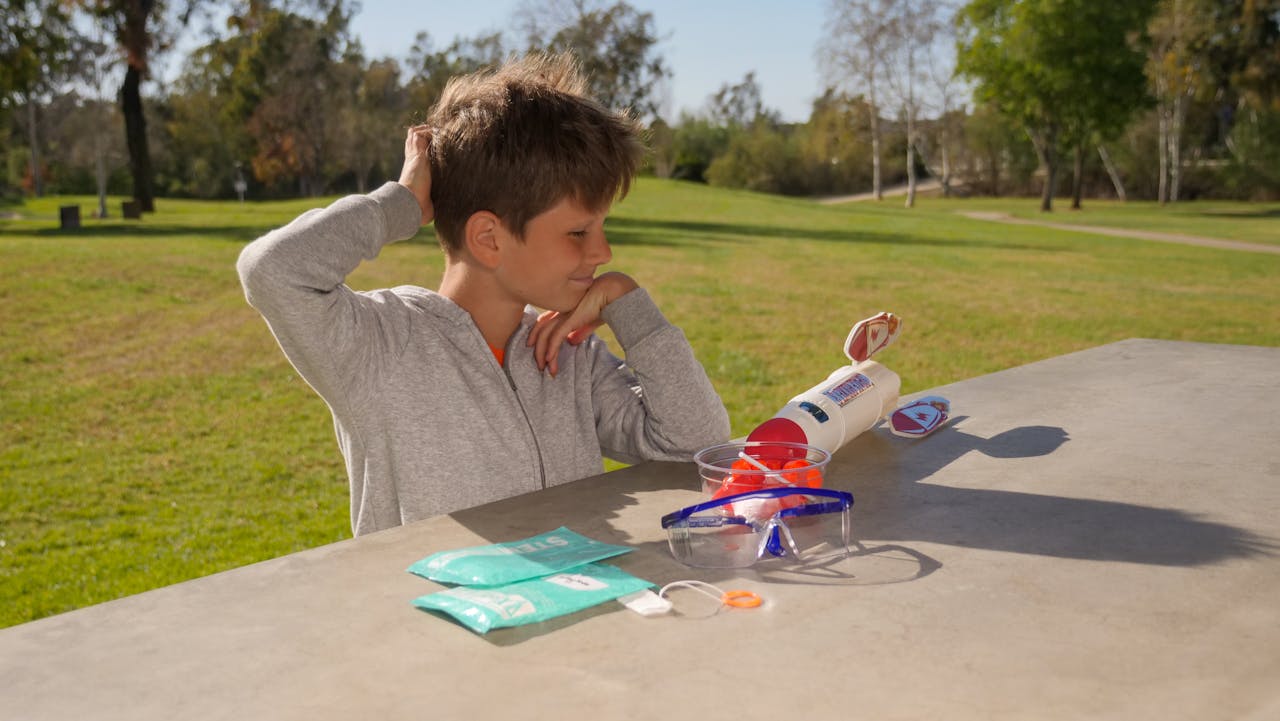Creating a PR campaign focused on water park accessibility requires careful planning, authentic storytelling, and strong partnerships with advocacy organizations. Water parks that prioritize accessibility through strategic communications build trust with guests, attract positive media coverage, and position themselves as leaders in inclusive family entertainment. A well-executed PR strategy centered on accessibility features and inclusive experiences helps water parks reach new audiences while making a meaningful impact in their communities.
PR Overview
- Building Your Accessibility PR Foundation
- Creating Compelling PR Messages About Accessibility
- Developing Visual Content That Showcases Accessibility
- Partnering With Disability Advocacy Organizations
- Collecting and Sharing Visitor Stories
- Media Relations Strategies for Accessibility PR
- Measuring PR Impact and ROI
- Training Staff as Accessibility Ambassadors
- Digital Communication Strategies
- Crisis Communication Planning
- Next Steps for Implementation
Building Your Accessibility PR Foundation
The first step in promoting water park accessibility through PR is conducting a thorough audit of your existing accessible features and services. According to the International Association of Amusement Parks and Attractions (IAAPA), key accessibility elements include wheelchair-accessible paths, transfer stations for attractions, sensory-friendly spaces, and specialized equipment like waterproof wheelchairs. Document these features in detail to create a comprehensive accessibility guide that will inform your PR messaging.
Your PR foundation should also include clear policies and procedures for accommodating guests with disabilities. Train guest services staff on proper communication protocols and ensure they understand how to assist visitors with various needs. This operational excellence provides the authentic stories and positive experiences that will fuel your PR efforts.
Creating Compelling PR Messages About Accessibility
When developing PR materials about accessibility, focus on specific features and their benefits rather than general statements about inclusion. For example, instead of saying “We welcome all guests,” highlight how your zero-depth entry pools allow wheelchair users to gradually enter the water at their own pace. Use active voice and concrete details to paint a clear picture of the accessible experience.
Include quotes from park leadership that demonstrate genuine commitment to accessibility. The general manager might discuss how personal experiences shaped the park’s approach to inclusive design, or the operations director could explain how staff training ensures consistent support for guests with disabilities. These human elements make your PR messages more relatable and credible.
Developing Visual Content That Showcases Accessibility
Photos and videos are essential for communicating your accessibility story. Work with professional photographers who understand how to respectfully capture images of people with disabilities using park features. Show diverse groups enjoying attractions together, staff providing assistance, and specific accessibility elements like transfer stations and sensory rooms.
Create a mix of planned and candid shots that feel authentic rather than staged. Always obtain proper photo releases and permissions, especially when featuring children or individuals with disabilities. Consider developing a style guide for accessibility-related visual content to ensure consistent representation across all PR channels.
Partnering With Disability Advocacy Organizations
Strong relationships with advocacy groups lend credibility to your accessibility initiatives and expand your PR reach. Research organizations that align with your values and approach them with specific partnership proposals. National groups like the Autism Society of America and local chapters of The Arc offer valuable expertise and community connections.
Successful partnerships might include:
- Joint press releases announcing new accessible features
- Co-branded events during off-peak times
- Consultation on accessibility improvements
- Cross-promotion on social media and newsletters
- Staff training programs
Collecting and Sharing Visitor Stories
Personal stories from guests who benefit from your accessible features create powerful PR content. Implement multiple feedback channels including:
- Post-visit surveys with specific questions about accessibility
- Social media monitoring for organic mentions
- On-site feedback stations
- Direct outreach to families who use accessible services
When sharing these stories, maintain authenticity by using direct quotes and real experiences. Create content in various formats like blog posts, video testimonials, and social media features to reach different audiences.
Media Relations Strategies for Accessibility PR
Build relationships with journalists who cover accessibility, family entertainment, and local community news. Create a targeted media list including:
- Local news outlets
- Disability-focused publications
- Family lifestyle magazines
- Travel blogs specializing in accessible tourism
- Industry trade publications
Develop press releases and pitches that connect accessibility to broader trends in family entertainment and social responsibility. Offer exclusive stories to key media contacts and facilitate interviews with park leadership and advocacy partners.
Measuring PR Impact and ROI
Track both quantitative and qualitative metrics to evaluate your accessibility PR efforts:
Quantitative metrics:
- Media mentions and sentiment analysis
- Social media engagement on accessibility content
- Website traffic to accessibility information pages
- Attendance data for guests using accessible services
- Email newsletter performance for accessibility-related content
Qualitative metrics:
- Feedback from advocacy partners
- Guest testimonials and reviews
- Staff observations and reports
- Community recognition and awards
Training Staff as Accessibility Ambassadors
Your staff plays a crucial role in delivering on your accessibility PR promises. Implement comprehensive training that covers:
- Disability awareness and etiquette
- Communication best practices
- Proper use of accessible equipment
- Emergency procedures for guests with disabilities
- Documentation of accessibility-related interactions
Feature trained staff in PR materials to demonstrate your commitment to professional service. Share their perspectives and experiences to add authenticity to your accessibility messaging.
Digital Communication Strategies
Maintain updated accessibility information across all digital platforms:
- Detailed accessibility guides on your website
- Social media posts highlighting accessible features
- Virtual tours showing accessibility elements
- Email newsletters featuring accessibility updates
- Blog posts about inclusive experiences
Use clear, direct language and provide multiple formats for accessing information. Ensure your digital content itself is accessible with proper alt text, captions, and screen reader compatibility.
Crisis Communication Planning
Prepare for potential accessibility-related issues by developing specific crisis communication protocols. Address common scenarios like equipment malfunctions or policy misunderstandings with pre-approved response templates. Maintain open lines of communication with advocacy partners who can provide support during challenging situations.
Next Steps for Implementation
Begin your accessibility PR initiative by:
- Conducting a complete accessibility audit
- Documenting all features and policies
- Creating initial PR materials and visual content
- Identifying potential advocacy partners
- Training staff on new protocols
- Establishing measurement systems
Remember that effective accessibility PR requires ongoing commitment and regular updates to keep content fresh and relevant. Continue gathering feedback from guests and advocacy partners to refine your approach and identify new opportunities for promotion and improvement.
Success in accessibility PR comes from authentic commitment, clear communication, and strong community partnerships. By following these guidelines and maintaining focus on real guest experiences, water parks can build meaningful connections with diverse audiences while promoting their accessible features and inclusive environment.
Position Yourself as a Health Expert Journalists Actually Call
Most health and wellness founders hit a wall when their expertise outpaces their visibility....
How to Promote Educational Toys Through PR
Parents and educators increasingly seek toys that do more than entertain—they want products that...
Emerging Trends in PR for Toys and Games
The toy industry stands at a crossroads where traditional play meets digital innovation, and where...




